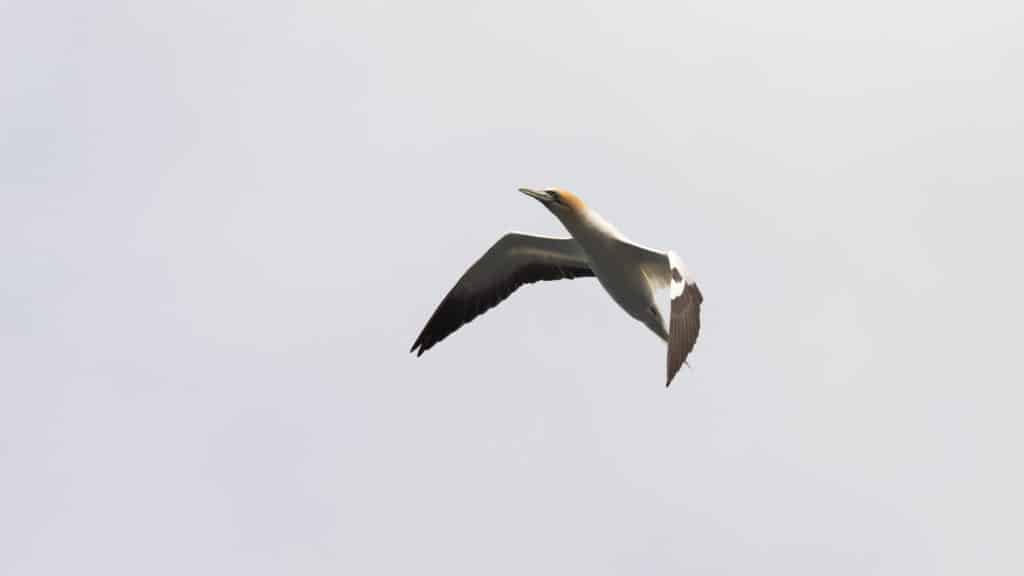Life Above the Waves
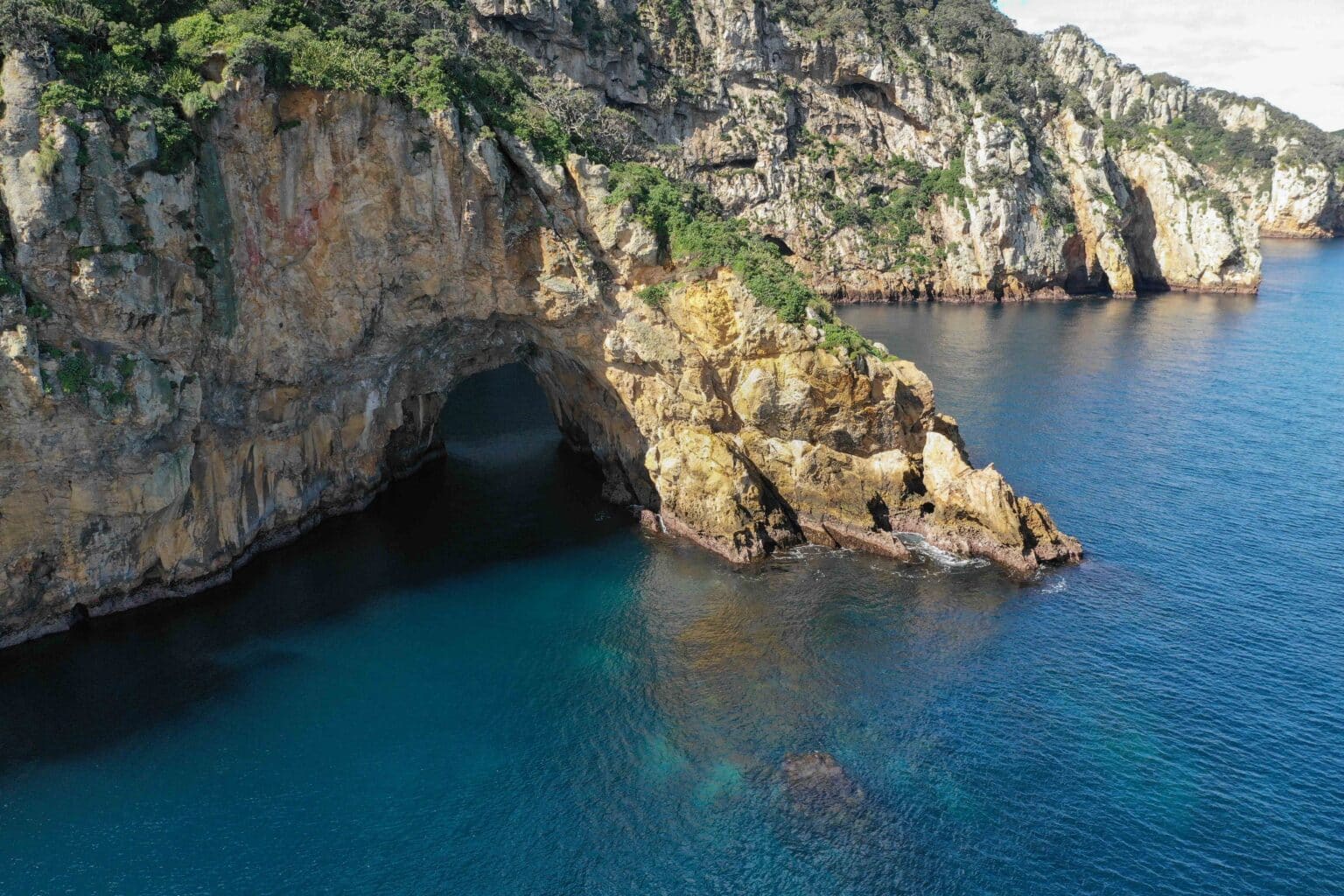
Because the islands have been isolated from the mainland for millions of years and are uninhabited by humans, they have remained a pristine natural sanctuary, both above and below the water.
They are home to some rare and unique endemic species that can be found nowhere else in New Zealand or the rest of the world.
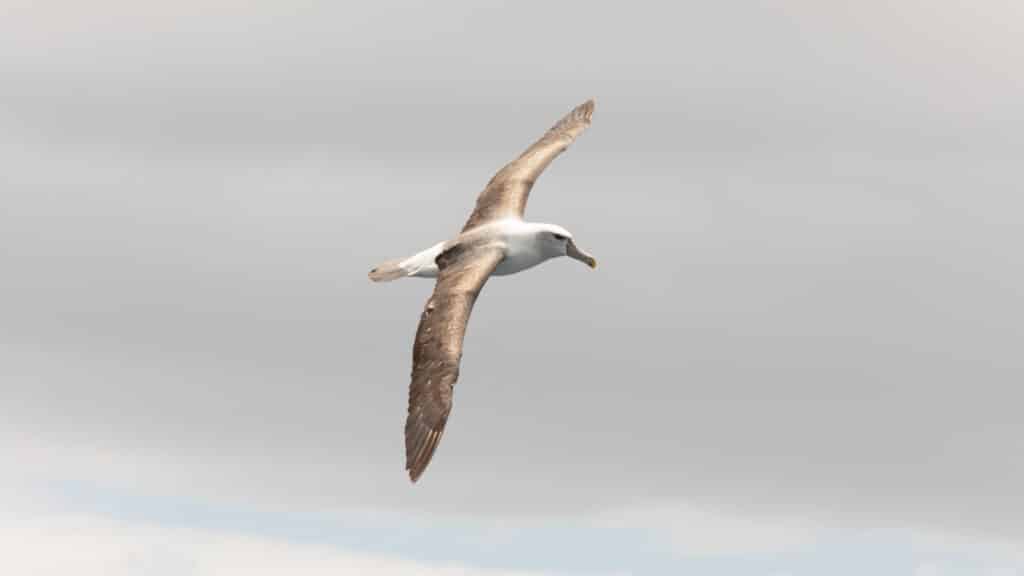
Flora:
The Poor Knights Lilly, endemic to the Poor Knights and Taranga Island (The Hen south of the Poor Knights).
Unique pohutukawa forests and coastal broadleaf plants cover the islands.
Reptiles:
The Poor Knights gecko is only found here.
The tuatara, introduced to the islands and other predator free outer islands located in the Hauraki Gulf to protect them from extinction
Insects:
The giant wētā is one of the biggest insects in the world thrives here.
So does the Poor Knights Ground Weta; smaller and less famous than its larger cousin.
Turbutt’s Weevil are only present on a few outer rat free islands.
Because it’s a fully protected reserve, no one is allowed to land on the islands, keeping them a pristine sanctuary for nature.
- Birds: Seabirds dominate, including the Buller’s shearwater (which breeds almost exclusively here), little blue penguins, gannets, petrels, and more.
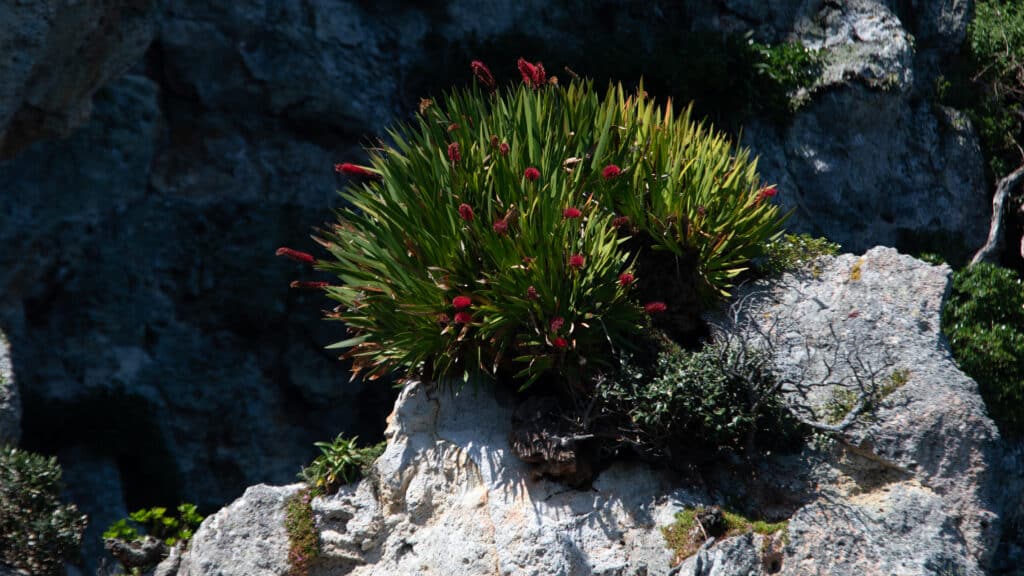
The Poor Knights gecko (Dactylocnemis fallen) is a rare and endemic species found only on the Poor Knights Islands. Here’s what makes it special:
Key Features
- Size: Medium-sized for a gecko, around 12–18 cm including the tail.
- Coloration: Typically brown or grey with mottled patterns, helping it blend into tree bark and rocky surfaces.
- Nocturnal: They are most active at night, hunting for insects and small invertebrates.
- Diet: Insects, spiders, and occasionally nectar or fruit.
- Behavior: Can be seen climbing trees, hiding in crevices, or foraging in leaf litter. Like other New Zealand geckos, it’s long-lived and gives birth to live young rather than laying eggs.
Why It’s Special
- Endemic: Found only on the Poor Knights Islands, meaning they evolved in complete isolation.
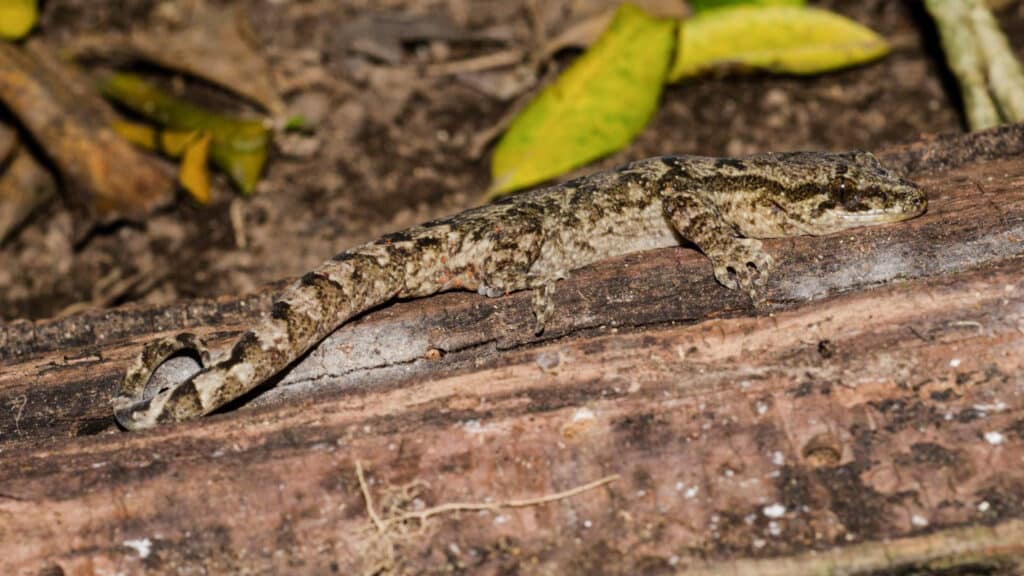
The giant wētā on the Poor Knights Islands is one of the largest insects in the world and is part of New Zealand’s unique wētā family. Here’s what makes them special:
Poor Knights Giant Wētā (Deinacrida fallai)
- Size: Can grow up to 10 cm long (excluding legs and antennae) and weigh as much as a small bird!
- Appearance: Light brown with spiny legs, long antennae, and a robust body.
- Habitat: Found in the forested areas of the Poor Knights Islands, particularly in tree hollows, under logs, and among leaf litter.
- Diet: Mostly herbivorous, feeding on leaves, flowers, and fruits, but they may also scavenge dead insects.
- Behavior: Nocturnal and generally slow-moving, but capable of jumping if threatened.
Why They’re Unique
- Pest-Free Haven: Since the Poor Knights have been predator-free for decades, the wētā have thrived without the threat of rats, stoats, or cats.
- Ancient Relic: Wētā are often called “living fossils” because their ancestors date back over 190 million years—older than the dinosaurs!

Buller’s shearwaters (Ardenna bulleri) are incredible long-distance migratory seabirds. They breed almost exclusively on the Poor Knights Islands, but outside of the breeding season, they migrate across the Pacific Ocean.
Migration Route
- After breeding (which runs from September to May), they head north across the Pacific.
- They are commonly seen off the west coast of North America, particularly around California, Oregon, Washington, and British Columbia.
- Some travel as far as the Bering Sea and the Aleutian Islands near Alaska.
- They follow rich upwelling zones, where cold, nutrient-rich waters attract plankton and fish—key food sources for them.
By late August or September, they start their return journey to New Zealand, completing an annual round-trip of tens of thousands of kilometers!
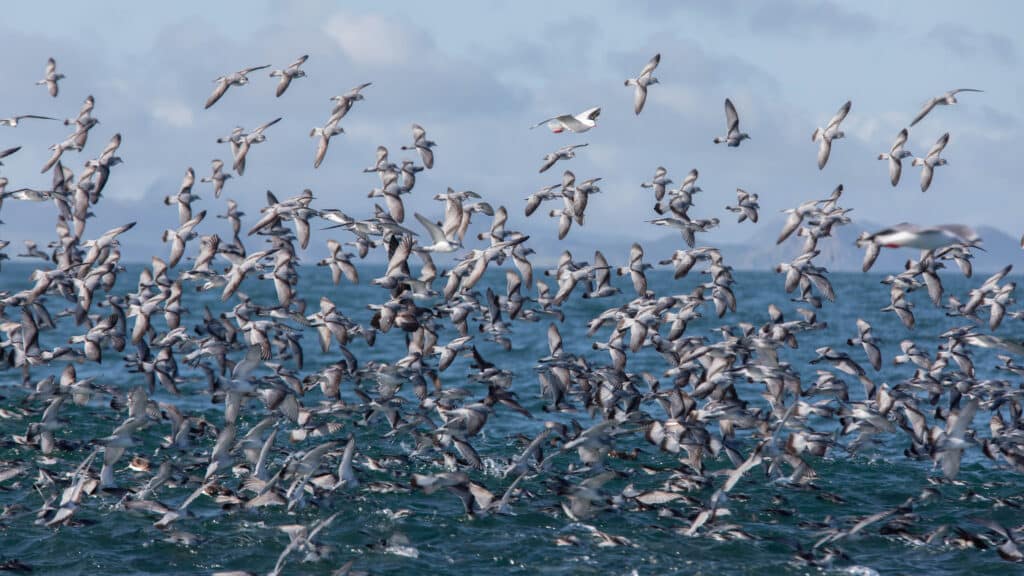
The Australasian gannet (Morus serrator) is a striking seabird found along the coasts of New Zealand and Australia, including the waters around the Poor Knights Islands. Here’s what makes them so fascinating:
Key Features of the Australasian Gannet
- Size: They are large seabirds, measuring about 70–90 cm in length with a wingspan of up to 2 meters.
- Coloration: They have distinctive white plumage with black tips on their wings and a golden-yellow head. Their sharp, blue eyes and long, pointed bills add to their dramatic appearance.
- Flight: Known for their graceful, powerful flight, they can cover large distances, often soaring high above the ocean.
- Diving Skills: They are expert divers—they can dive from impressive heights, reaching speeds of up to 100 km/h (62 mph), to catch fish with their sharp beaks.
Habitat & Distribution
- Breeding: Australasian gannets breed on coastal cliffs and rocky islands around New Zealand (especially in the North Island) and parts of southeastern Australia.
- Foraging: They feed mainly on small fish, like mackerel, pilchards, and anchovies, which they dive for in the ocean. They often forage in large groups, forming feeding flocks over schools of fish.
- The Poor Knights Islands are a prime spot for these birds, where they can often be seen hunting along the surrounding waters.
Behaviour and Social Structure
- Colonial Nesting: Gannets nest in large colonies, sometimes numbering in the thousands. They are known for their monogamous relationships, with pairs often staying together for life.
- Nesting Sites: The Sugar Loaf and Pinnacles, part of the Poor Knights Marine Reserve and other rocky islands are perfect breeding spots for these birds, offering high cliffs for safety from predators.
Fun Facts
- Migration: While some Australasian gannets are resident year-round, others migrate to offshore waters around Australia and New Zealand, depending on food availability.
- Chick Rearing: Gannets lay one single egg per season, and both parents take turns incubating the egg. After hatching, the chicks are fed regurgitated fish until they are old enough to fend for themselves.
You might spot them around the Poor Knights, especially during their breeding season from October to March, when they are more active in the area. Have you seen any gannets diving or flying around the islands? Their diving skills are pretty incredible!
